Wedged between the tasteful classicism of the Renaissance and the rationalism of the Enlightenment was the Baroque era. The unrestrained spectacle and excess of the Baroque is an art historical aberration, a strange and sudden plunge into decadence that encompassed the 17th century and beyond. Some of the style’s defining characteristics — ornamentation, anamorphosis, and fragmentation — continue to show up in art and media today: an ongoing cross-cultural neo-Baroque.
One explanation for the emergence of the Baroque style comes from cultural anxieties around mankind’s removal from the centre of the universe. The Baroque era saw two major advancements in astronomy, inaugurated by Copernicus’s heliocentric model, a decentring event further compounded by Kepler’s discovery of elliptical planetary motion. Not only was the earth, and thus humanity, no longer the centre of the universe, but the planets no longer traced perfectly circular paths through the cosmos. An ellipse has no absolute centre but, rather, a void where a central point ought to be.
The Baroque oscillates between an embrace of the void and sheer terror towards it — horror vacui. The excessive ornamentation characteristic of the style — botanical motifs, arabesques, and serifs — not only signifies wealth and power but, more fundamentally, fills otherwise empty space. The Baroque, like nature, abhors a vacuum.
The void is also a powerful anamorphic tool in Baroque art. Many works of the era were designed around a ‘central absence,’ the subtraction or non-inclusion of an element vital to a work’s composition. Caravaggio’s paintings of Saint Paul are prime examples of this effect at work. The central element — conversion — is depicted in a completely naturalistic manner. There are no angels or halos or beams of heavenly light that would have signified the conversion in medieval and Renaissance art. Rather, the focus of the paintings, Paul’s spiritual change, is shown in a more powerful manner by being shown indirectly.
Anamorphic composition around a central absence is not limited to the historical Baroque: it is apparent in many neo-Baroque works as well. One franchise known for this technique is From Software’s Souls series. Along with associated titles like Bloodborne and Elden Ring, these games are designed without strong central narratives. Rather, the story is provided to the player piecemeal, hidden away in item descriptions and obscure dialogue options. The narrativity of the Souls games is fragmented, broken up into little pieces for the player to put together bit by bit.
This fragmentation is also highly Baroque. One of the first theorists to take the Baroque seriously as a style was Walter Benjamin. More famous today for his writings on modern art and history, Benjamin’s first major work was a treatise on Baroque tragic drama: Origin of the German Trauerspiel. In his analysis of Baroque allegory, Benjamin noted the style’s use of what we today call pastiche:
What lies broken in pieces, the highly significant fragment, the scrap: this is the noblest material of Baroque creation. For it is a common feature of this literature to heap up fragments uninterruptedly without any well-defined idea of a goal, and, in the unremitting expectation of a miracle, to pose stereotypes for intensification. Baroque writers must have regarded the work of art as a miracle in just this sense.
To Benjamin, Baroque writers didn’t invent anything but, rather, remixed portions of classical works in the hope that something meaningful would eventually coalesce from the scrap heap. Games that use pseudorandom generation to create their material on the fly can be seen in a similar vein. The Disgaea series, for example, is famous for its endless variety of randomly generated items and maps. Similarly, the aptly named dungeon crawler Baroque takes place in a randomly generated environment. Each area is an arrangement of pre-existing elements, probabilistically unique but lacking the intentionality of a personally designed space.
Benjamin’s vision of Baroque literature was a field of ruins, each structure crumbling and barely holding itself together. He expanded on this allegory of the ruin:
The allegorical physiognomy of natural history, which is brought onstage in the trauerspiel, is actually present as ruin. In the ruin, history has passed perceptibly into the setting. And so configured, history finds expression not as process of an eternal life but as process of incessant decline.
The Baroque has no eschatology. There is no final redemptive act at the end of time to look forward to, only endless decay. The Souls games exhibit this slide toward ruin in their narratives and gameplay. Time is cyclical rather than linear, with events recurring rather than occurring just once. At the end of the game, everything resets to the beginning again: the start of a new cycle. The series’ gameplay is cyclical as well, with progress through the game relying on cycles of constant death and resurrection. Baroque had a similar system a decade before the first Souls game, with the player character’s death being vital to progression.
If the Baroque has no eschatology, it also lacks teleology, the forward momentum that characterized the Renaissance and the Enlightenment. It isn’t pushed towards any telos. Rather, it spreads. Baroque sprawl unfolds the one-dimensional timeline of linear progress into a vast field of possibilities in all directions. This is Benjamin’s ‘picturesque field of rubble,’ a space to play amid the decay.
While the widespread decay of the Baroque may seem depressing, there is always what Benjamin called the ‘unremitting expectation of a miracle:’ the hope of finding that one perfect combination of fragments. The sheer excess of possibilities provides a chance that next time will be different: the next item world in Disgaea, the next floor of Neuro Tower in Baroque, the next boss fight in Dark Souls. Even if it turns out no different at all, the tantalising possibility remains of finding a highly significant fragment hidden among the decaying ruins of the Baroque.
If you’re keen on reading more, here’s some books references in the above feature:
Walter Benjamin, Origin of the German Trauerspiel
Christine Buci-Glucksmann, The Madness of Vision: On Baroque Aesthetics
William Egginton, The Theater of Truth: The Ideology of (Neo) Baroque Aesthetics
Nadir Lahiji, Adventures With the Theory of the Baroque and French Philosophy
Gregg Lambert, On the (New) Baroque

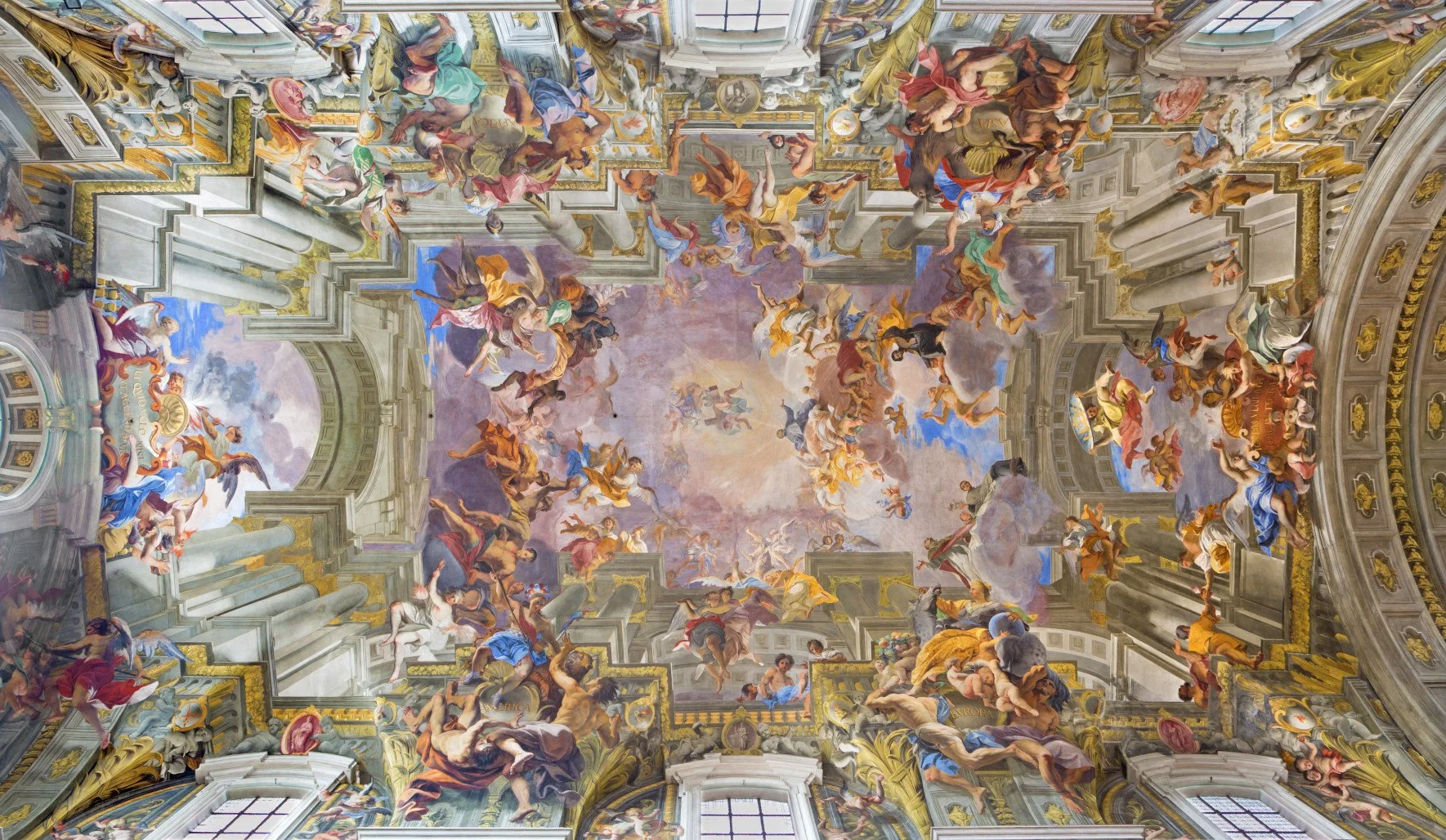
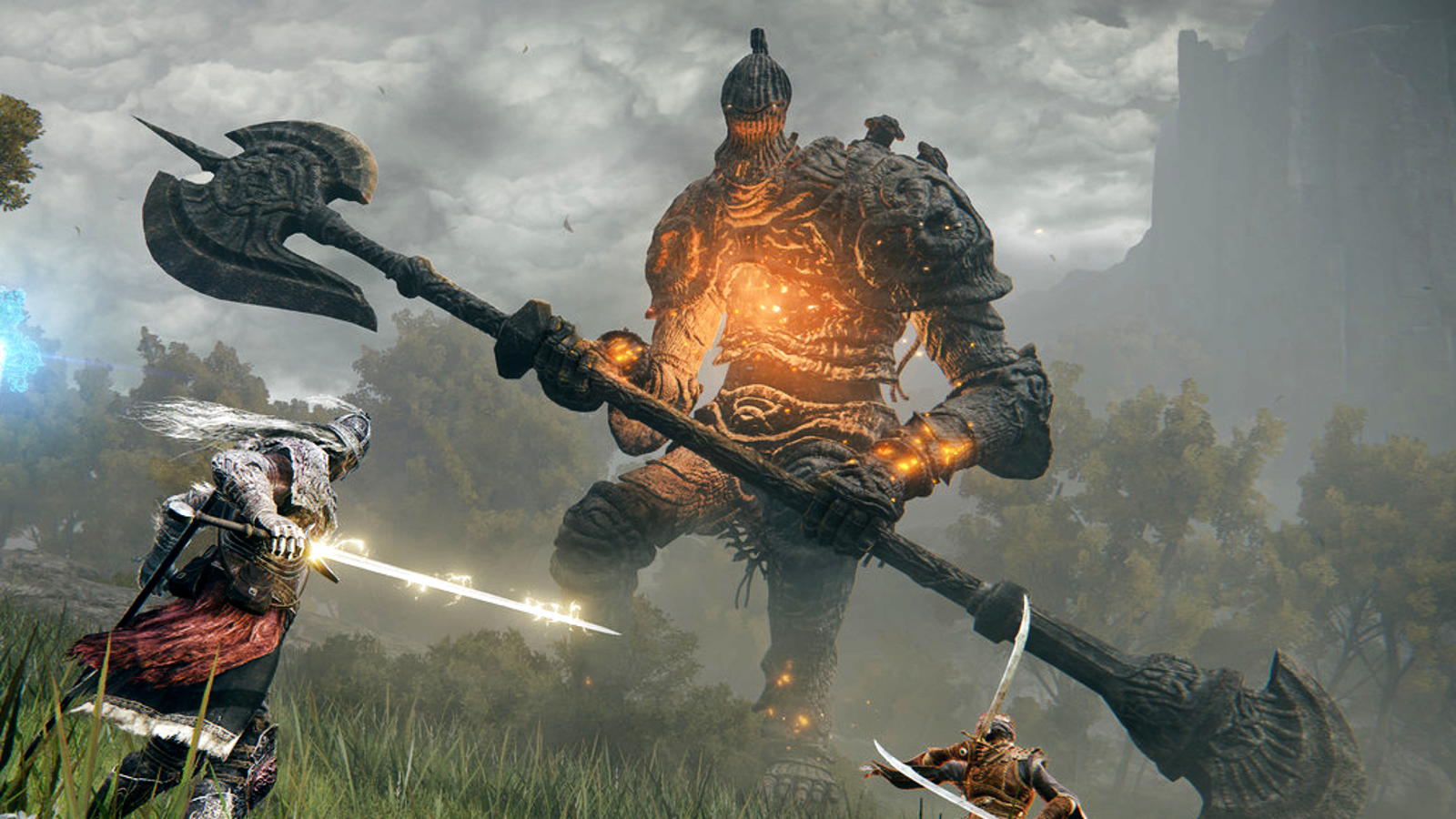
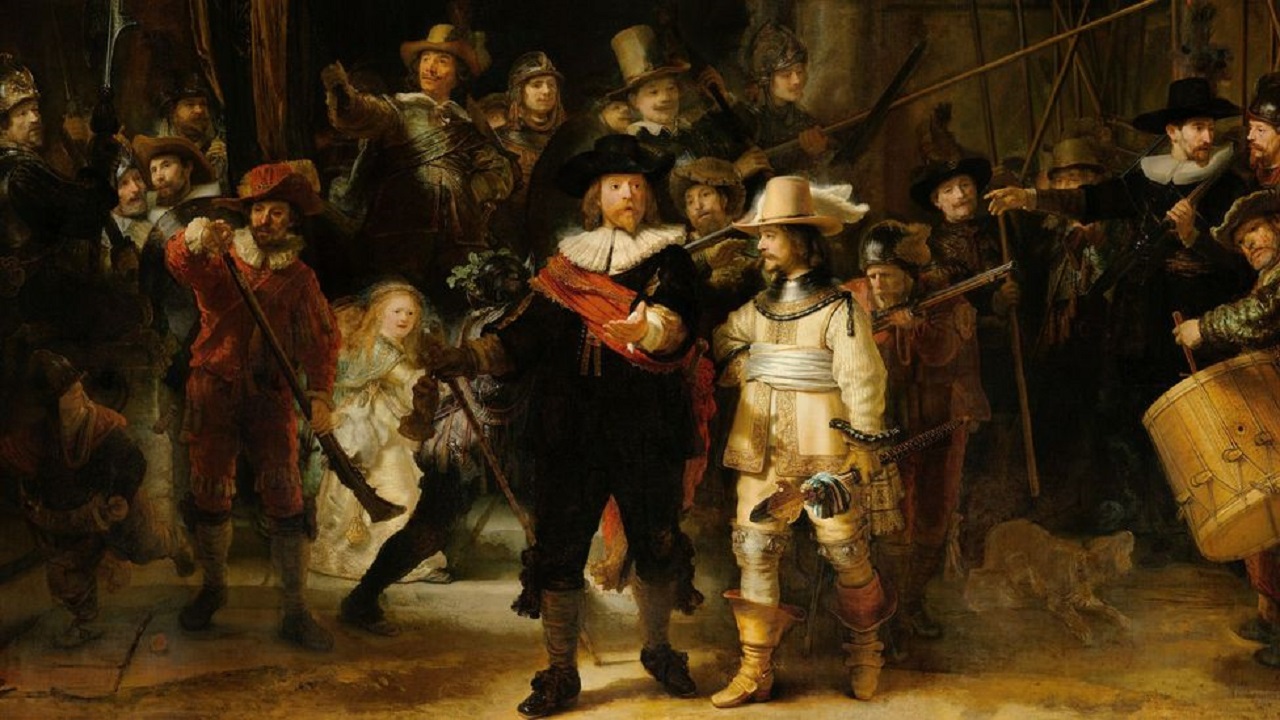
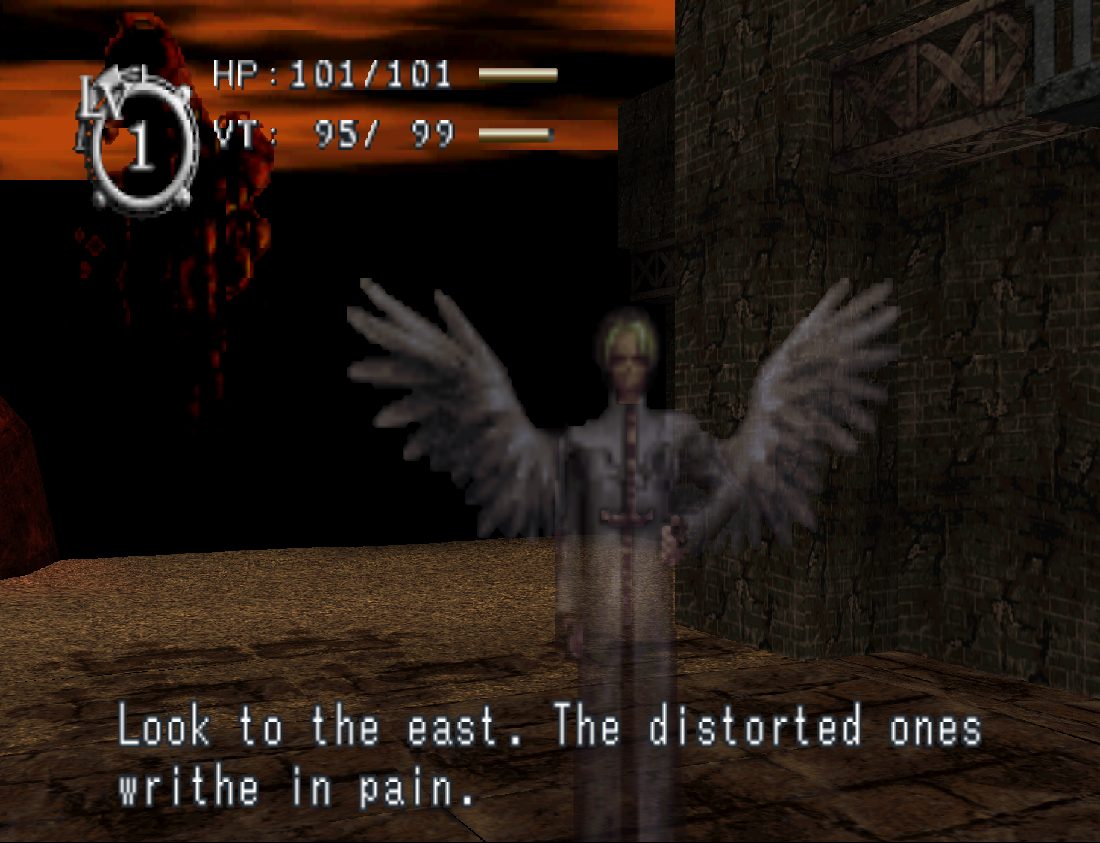
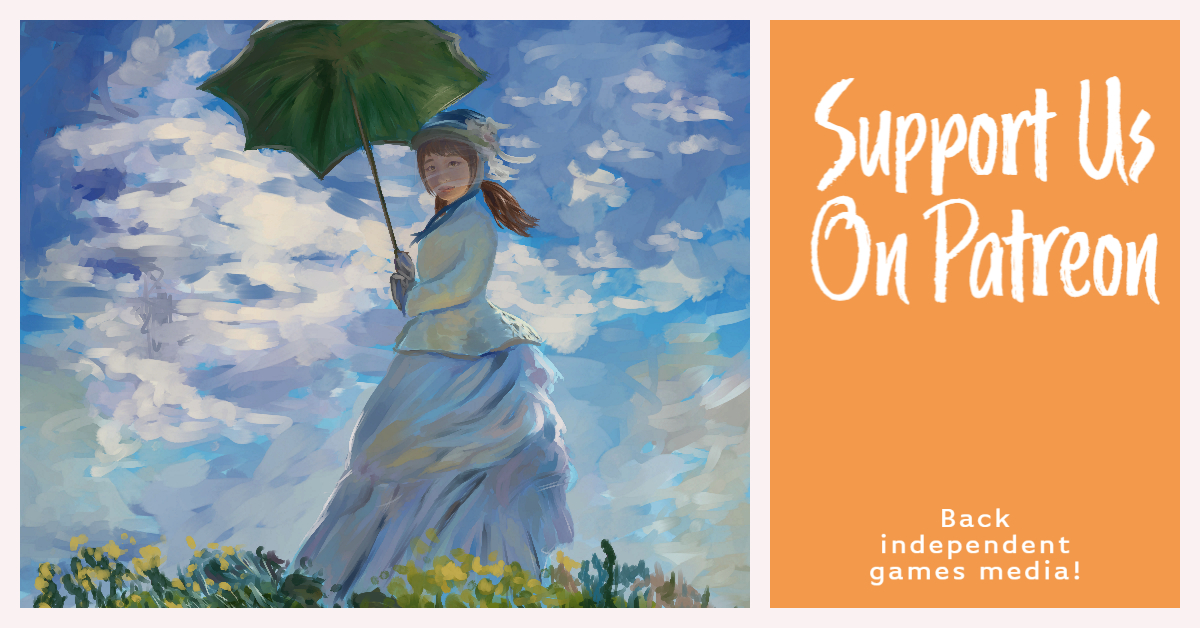
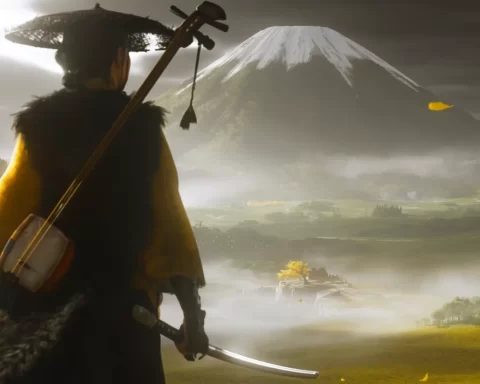

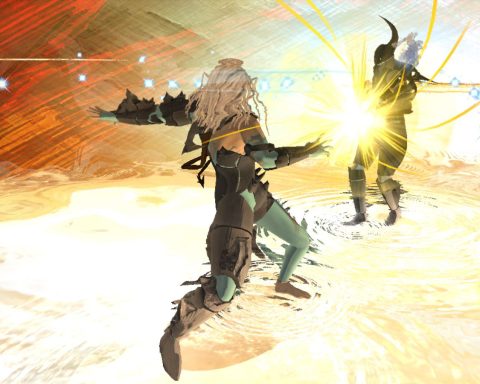
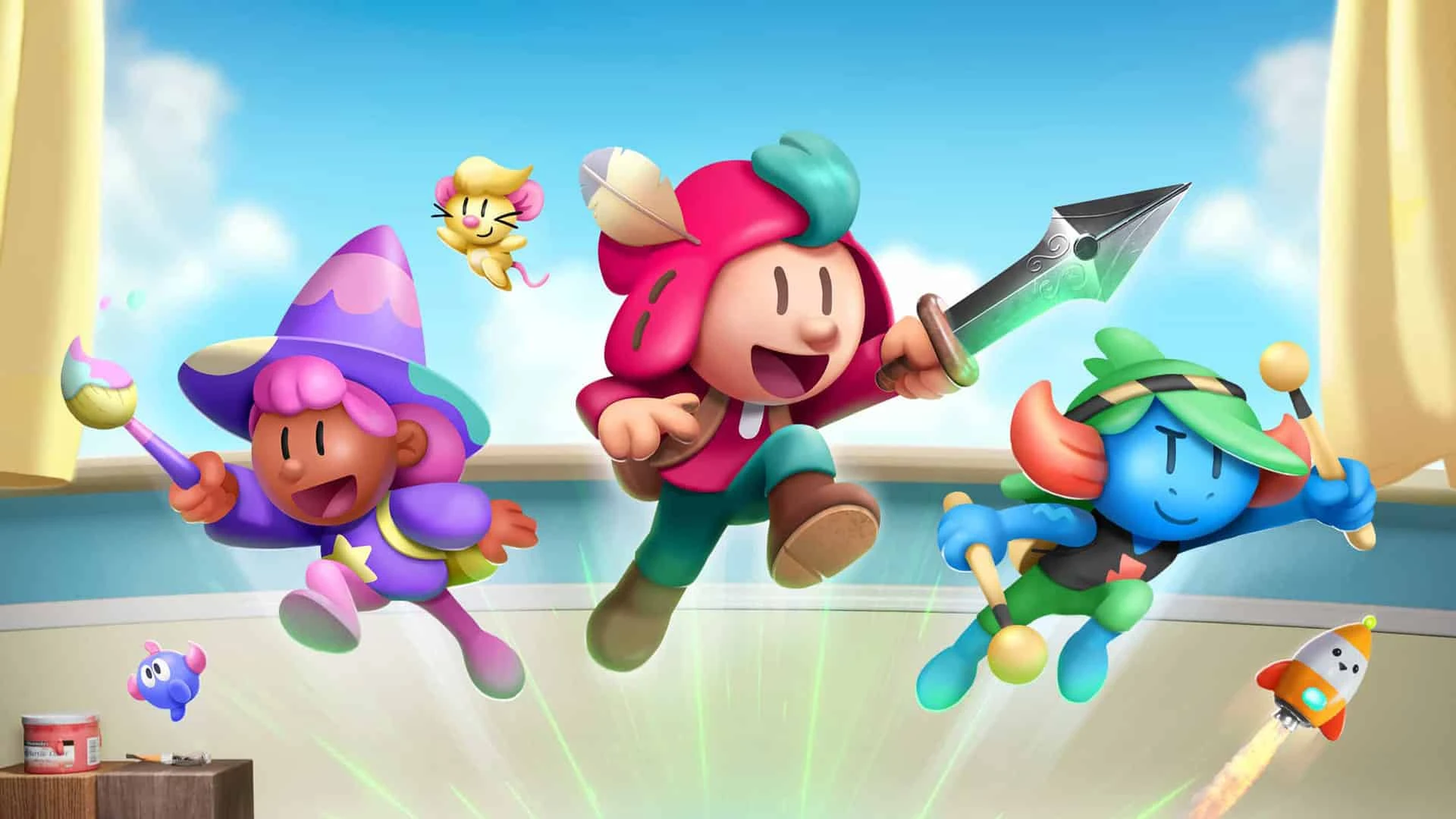






I came to consider Renaissance to be an overrated prelude to Baroque.